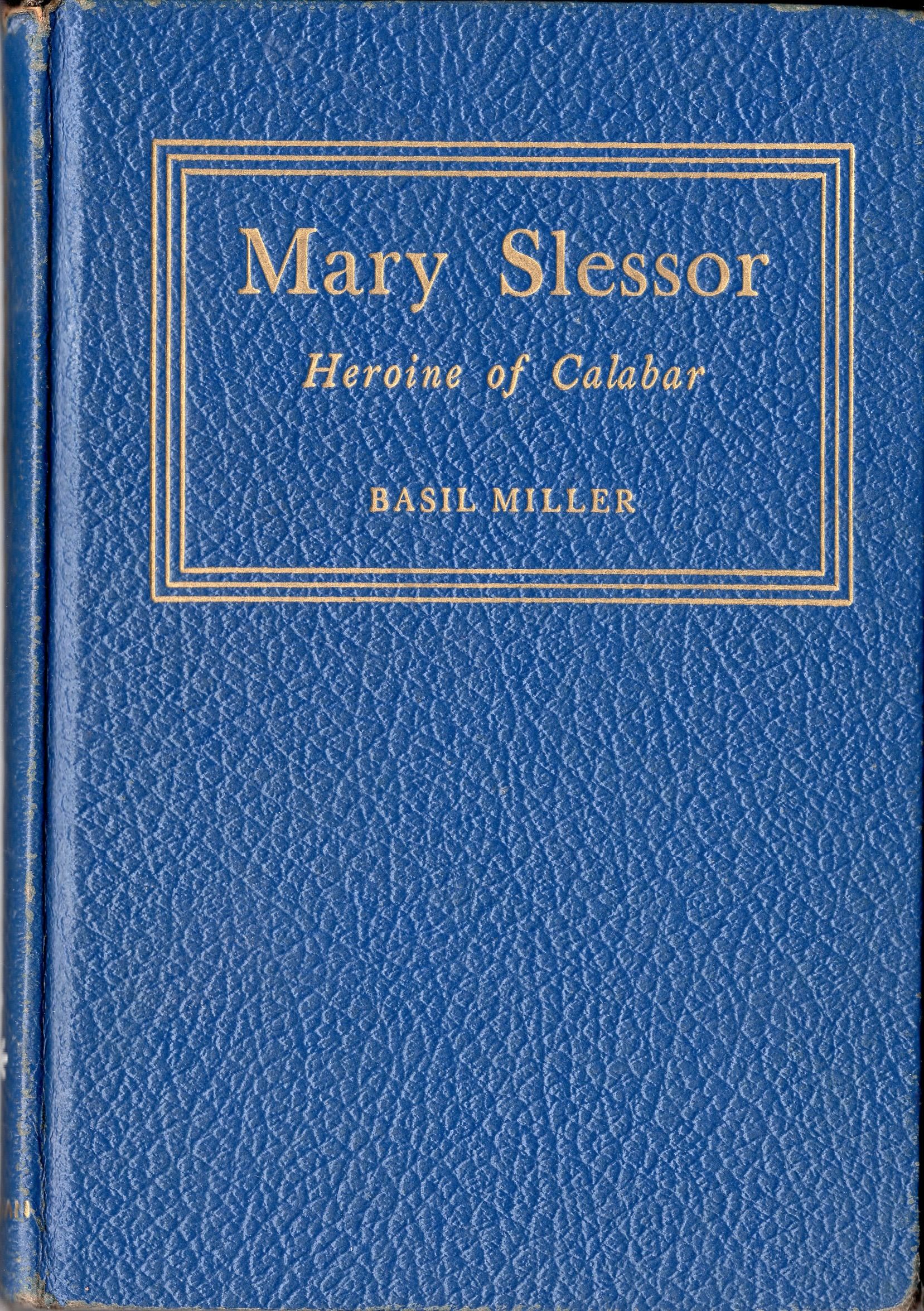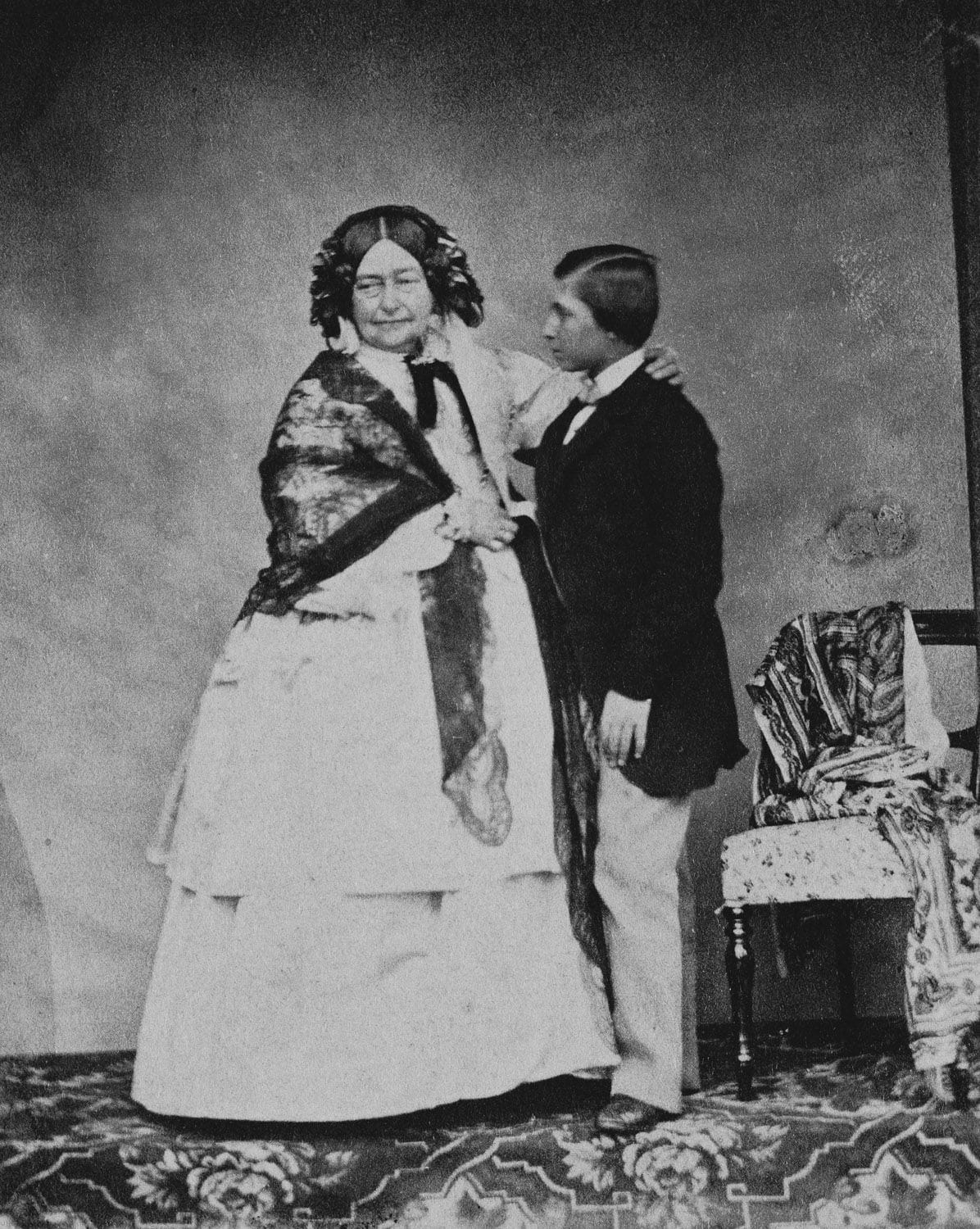From the deafening roar of Dundee’s jute mills to the vibrant heart of colonial Nigeria, Mary Slessor’s life was a tapestry woven with threads of courage, compassion, and unwavering faith. This isn’t just the story of a Scottish factory worker; it’s the saga of a woman who defied Victorian expectations, becoming a queen in the eyes of the Okoyong people and a pivotal figure in Nigerian history. Her battle against twin infanticide echoes through time, but her legacy extends far beyond this remarkable feat, encompassing social reform, cultural understanding, and the complex interplay between missionary work and colonialism.
From Dundee’s Loom to Nigeria’s Heart
Imagine Dundee, Scotland, in the mid-19th century. The air, thick with jute fibers, vibrates with the relentless rhythm of machinery. Here, amidst the industrial clamor, young Mary Slessor toiled, her days a monotonous cycle of labor. Born into poverty in 1848, the second of seven children, formal education was a luxury she couldn’t afford. Yet, destiny had grander plans. Inspired by explorers like David Livingstone, a spark of faith ignited within her, setting her on an improbable path – missionary work in Africa. In 1876, she boarded the SS Ethiopia, leaving behind the familiar gray skies of Scotland for the unknown wonders and challenges of Nigeria.
A Cultural Bridge in Calabar
Nigeria, in the late 19th century, was a world away from industrial Scotland. Calabar, a bustling port city, pulsed with unfamiliar rhythms. The humid air, heavy with exotic scents, carried the melodies of the Efik language. Undeterred, Slessor embraced the unfamiliar, demonstrating a remarkable adaptability. She immersed herself in the Efik language, recognizing its importance in bridging the cultural divide. This linguistic bridge fostered deep connections with the Okoyong people, who affectionately called her Ma, a term of respect and endearment. This ability to connect, likely born from her own experiences with hardship, set her apart from previous missionaries.
Beyond Saving Twins: A Legacy of Social Reform
Mary Slessor is often hailed for her courageous fight against twin infanticide, a practice rooted in superstition. Indeed, she rescued countless infants, offering them a future denied by tradition. However, her impact resonated far beyond this heroic act. Slessor became a fierce advocate for social justice, challenging practices like slavery, cannibalism, and human sacrifice. She even served as a magistrate, mediating disputes with a blend of Scottish pragmatism and an understanding of Nigerian customs. Learn more about other influential female figures like Princess Victoria of Saxe-Coburg-Saalfeld and the revolutionary heroine Policarpa Salavarrieta. Their stories, like Slessor’s, highlight the power of individual action.
A Nuanced Legacy Under Colonialism
Slessor’s story isn’t without its complexities. It’s crucial to acknowledge that her work unfolded within the context of British colonialism. This raises important questions. How did her efforts intersect with the colonial agenda? Did her interventions, however well-intentioned, contribute to the disruption of traditional culture? These are crucial considerations when evaluating her legacy. Ongoing research continues to explore these nuanced aspects of her life, suggesting that our understanding of her impact may evolve.
The Enduring Echoes of Ma
Mary Slessor’s journey ended in 1915, in Use Ikot Oku, Nigeria, the land she had come to call home. Her legacy endures, not just in the lives she touched but also in the questions she compels us to ask about cultural exchange, social justice, and the complexities of colonialism. Her image on a Scottish banknote serves as a testament to her national importance, but her true memorial lies in the hearts of the Okoyong people.
The Heart of Slessor’s Legacy
What truly defines Mary Slessor? Her early life, marked by poverty and toil in the Dundee jute mills, probably instilled a deep empathy for the vulnerable. This likely fueled her missionary calling, inspired by the exploits of David Livingstone. It suggests that her experiences shaped her dedication to serving others.
Arriving in Nigeria, Slessor defied Victorian norms. Her dedication to learning Efik hints at a genuine desire for cross-cultural understanding. This probably facilitated her remarkable ability to connect with the Okoyong people.
While her religious work was important, her unwavering stance against twin infanticide arguably stands as her most significant achievement. Rescuing and adopting these infants, she directly challenged deeply held beliefs. Some historians believe her gender played a vital role, enabling her to connect with women and children in a way male missionaries couldn’t.
Slessor’s impact extended beyond missionary work. She mediated disputes, provided rudimentary healthcare, and championed social justice. This holistic approach, recognizing both spiritual and physical needs, likely contributed to her enduring influence.
It’s crucial to acknowledge the complexities of her work within the colonial context. Ongoing research may reveal different perspectives on her impact, recognizing the limitations of current knowledge.
The Making of a Hero
Slessor’s journey from the jute mills of Dundee to the heart of Nigeria is a testament to the power of human potential. Her arrival in Calabar marked a dramatic shift, yet she embraced the unfamiliar, immersing herself in the local culture. Learning Efik wasn’t just a linguistic achievement; it was a bridge to understanding and connection, probably crucial to her later success.
Slessor’s heroism shines brightest in her fight against twin infanticide. By rescuing and adopting these infants, she challenged a deeply ingrained belief system, an act of immense courage. She also championed women’s rights, a radical stance in a patriarchal society.
Beyond social reform, Slessor recognized the importance of education and healthcare. Establishing schools and providing medical care, she became a catalyst for progress. Her title, “White Queen of Okoyong,” wasn’t earned through dominance but through compassion and connection.
Her legacy, carried on by the Mary Slessor Foundation, reminds us that even small acts of courage and compassion can have a profound impact. While the historical context of her work remains complex, her impact on individuals and communities is undeniable.
The Silent Toll of Malaria
Mary Slessor’s death in 1915, officially attributed to fever and dysentery, likely has a more nuanced story. Decades of recurring malaria probably weakened her, making her vulnerable to other illnesses. This constant battle suggests a toll on her health, impacting her life and ultimately contributing to her demise.
Slessor contracted malaria shortly after arriving in Calabar. The limited healthcare access of early 20th-century colonial Nigeria likely exacerbated the dangers. While quinine was available, its accessibility and effectiveness were often limited. This probably contributed to her recurring fevers and overall decline.
Our understanding of malaria today is far more advanced than in Slessor’s time. This makes it difficult to definitively determine the exact role malaria played in her death. However, it likely played a significant, if not central, role. Further research into medical records and historical accounts might offer more clarity.
Slessor’s story is a reminder of the health challenges faced in challenging environments. It underscores the importance of medical care in underserved areas and serves as a testament to her resilience in the face of adversity. Her life, though tragically cut short, continues to inspire.
- HelpCare Plus: Revolutionizing Affordable and Accessible Healthcare - December 29, 2024
- Boom & Bucket: Your Digital Marketplace for Used Heavy Equipment - December 28, 2024
- Ankle Bones Crossword Clue: Solutions, Tips & Anatomical Insights - December 28, 2024














